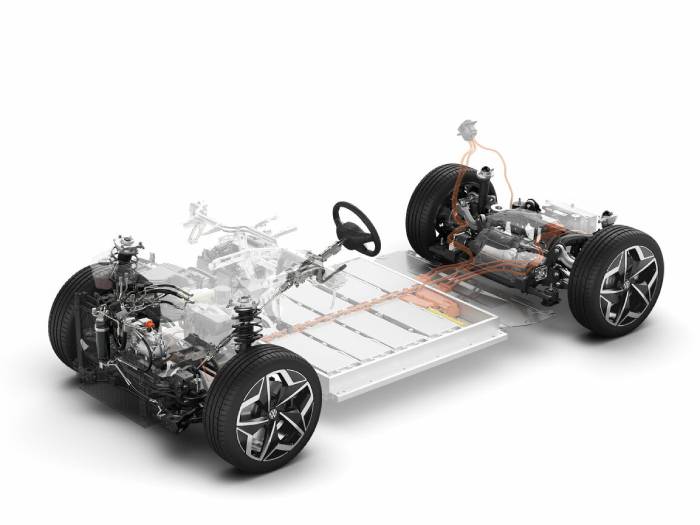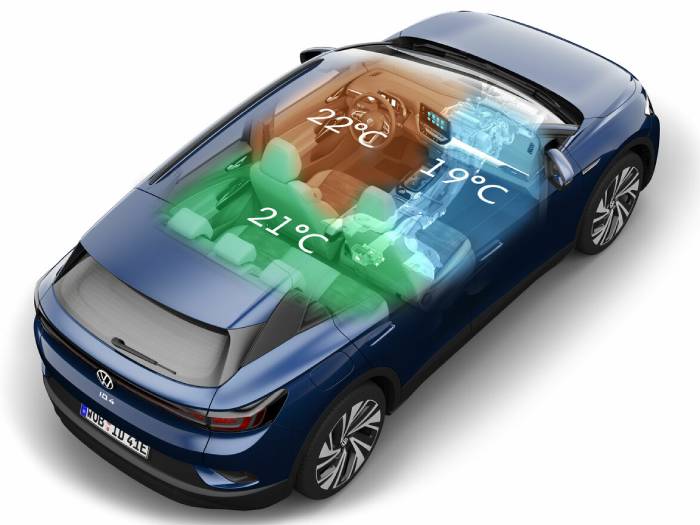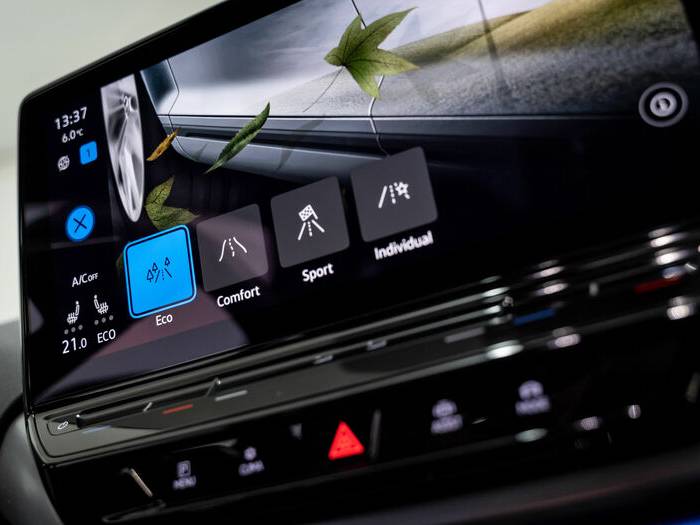How to preserve the range of electric cars in winter months
Why do electric cars have less range in winter months and colder temperatures? What happens to the battery cells and which is the best way to limit energy consumption?
All-electric vehicles consume more energy during the winter, especially when used for short journeys. Why? In these conditions, the electricity from the battery is used both to heat the interior of the vehicle and to bring the battery cells up to the right temperature, resulting in increased consumption and a shorter range. This is different from the working principle of combustion engines, which use the waste heat produced by the engine to heat the interior of the vehicle.
Lithium batteries and temperature

To work at their best, lithium-ion batteries in electric vehicles need to be kept at a certain temperature: an environment in which the best performance is guaranteed – this applies to the power output, as well as to energy recuperation and rapid charging with DC.
“In terms of thermal management, our goal has been to run the battery as sparingly as possible, so that it only ages slowly. That's why it has its own fluid circuit, which keeps it at the right temperature”, explains Jens Obernolte, Head of Energy and Weight Management at Volkswagen. When the weather is cold, an auxiliary heater steps in to warm up the coolant until the cells are all at the ideal operating temperature.
Lithium battery for short journeys

The battery always cools down in between journeys, so it must always be heated again the next time it is used. “With the development introduced in early summer 2021, we have significantly reduced the energy required to heat the battery over a wide temperature range” continues Obernolte. And soon this functionality will be available to everyone as a software update, thanks to Volkswagen's effective software strategy.
A heating unit connected to the high-voltage system takes care of the interior heating, to which a heat pump can be added to reduce energy consumption, particularly in stop-and-go traffic and when the outside temperature drops below zero.
Preheating electric cars
Preheating the interior is a further option, which can be activated regardless of whether the car is connected to the grid. If the car is not connected to the grid, the battery supplies the energy, which reduces the range. If the car is connected to the grid, the electricity comes directly from the grid and the range is not affected.
Obviously, the second option is the best one, which is why in the Volkswagen ID. family equipped with software 3.0 the battery is brought to the right temperature using electricity from the grid when the user activates the preheating function.
Battery size in electric cars

“As far as efficiency is concerned, there is hardly any difference between the individual battery variants of electric cars. It's more important to have a dual-zone or 3-zone air conditioning system, or heating the steering wheel and the seats, so that you can limit the heating effect if, for example, you are alone in the car” says Obernolte, who then discusses some driving tips.
“In urban areas, level B should be selected in order to recuperate as much energy as possible with the higher regeneration performance and, with the right driving style, almost never use the brake pedal. On fast roads and motorways, level D is ideal, as it allows the car to sail for long periods, during which they only use their kinetic energy”.
Energy saving

All Volkswagen ID. models feature the Eco Assistant, which evaluates navigation data and road signs. When the car is approaching a zone requiring a lower speed, such as a village, roundabout, or a corner, the system advises the driver to take their foot off the accelerator and, where possible, also increases the level of energy recuperation. An intelligent device to increase efficiency by anticipating driving situations.
“Eco mode is also useful, as it slightly reduces the power of the interior air conditioning, helping to increase the range” Obernolte explains, recalling how important it is to keep the windows closed to improve aerodynamics, as well as not carrying unnecessary weight on board: obvious indications, but worth to be mentioned anyway.
Preserving the autonomy of lithium batteries
To sum up, there are several ways to offset the loss of range caused by colder temperatures without sacrificing comfort. But this cannot be avoided entirely: winter tyres, with their higher rolling resistance, already lead to increased consumption; and the density of the air also counts: when it's cold, it's higher and this affects the aerodynamic drag.
“But even taking all this into account, it should not be forgotten that most users drive less than 50 kilometres a day, so there is no reason to worry too much about range. For those who drive longer distances, the heating of the battery and the interior have much less effect on the range”.
Source: Volkswagen - Shaping Mobility Hub
VGI | Responsible OU: VP | Creation date: article date | Class 9.1
